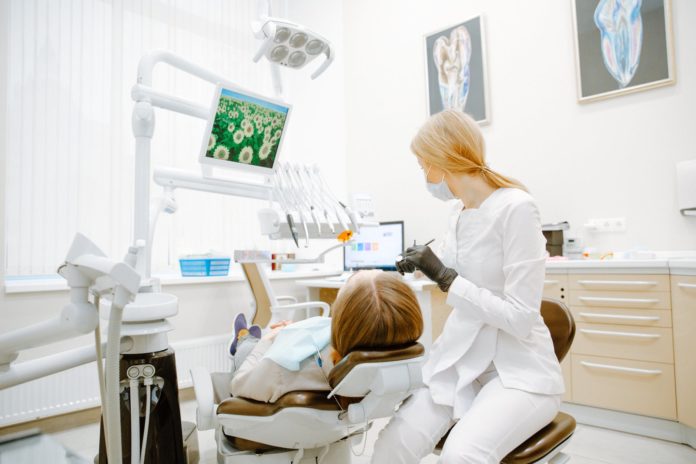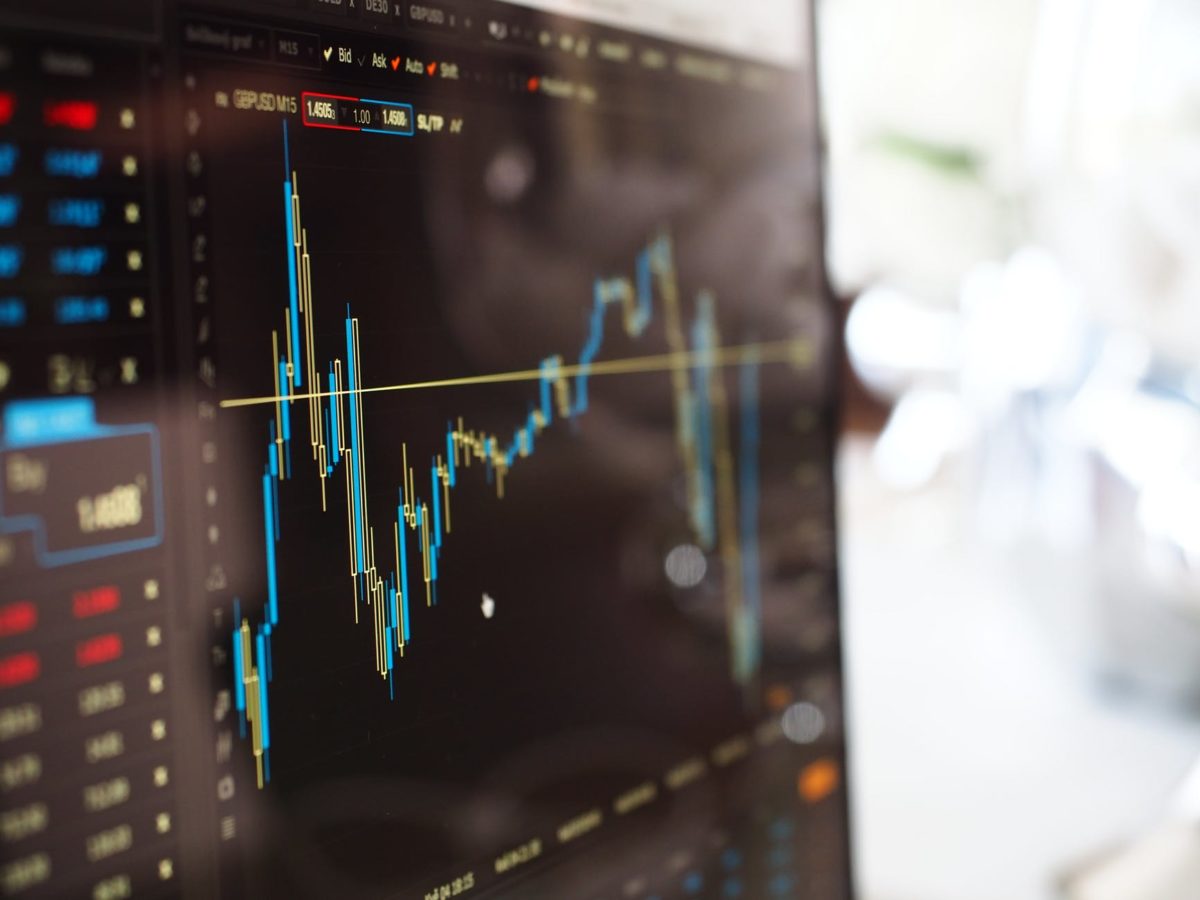
Few industries have had the impact that the medical technology industry has. What other industry can claim primary responsibility for increasing American life expectancy from 47 years in 1900 to 78 years in 2016?
Medical devices have played a starring role in that march of progress. From blood pressure cuffs to pacemakers to robotic arms that can perform heart surgery, the impact of the technological leaps that enable doctors and other professionals to diagnose and treat life-threatening conditions cannot be overstated.
Because these medical devices are trusted in life-and-death scenarios, the conditions under which they are created enjoy the burden of heavy scrutiny. Exacting regulations apply to their development and manufacture, enforced by bureaus like the Food and Drug Administration (FDA) and the Center for Disease Control (CDC) in the U.S., as well as international bureaus like the World Health Organizations (WHO).
Compliance with these regulations depends on being able to prove to these bureaus that devices were developed, manufactured, transmitted, and stored under compliant conditions. That’s where data loggers come in.
Data loggers, in their simplest form, deploy sensors that can recognize ambient conditions that could impact device quality—temperature, humidity, pressure, and others. A microprocessor captures the data recorded by that sensor at predetermined intervals — every minute, every ten minutes, whatever interval is preferred — and records that time-stamped data on a digital storage drive.
The data can then be extracted and analyzed to confirm the correct conditions and identify changes that might compromise the production process. Advanced data loggers can upload data to the Cloud and even alert users to potentially damaging changes in condition.
Here’s how data loggers are used in medical device production, according to Dickson.
Ensuring Product Quality

Nothing safeguards positive patient outcomes like a device that is not only technologically sound, but high-quality. Device components exposed to temperatures, humidity, and pressures outside of established parameters may become compromised, resulting in a faulty device that fails at a critical moment.
As such, monitoring these conditions is a critical function to protect the brand of a medical device and ensure the safety of patients who find themselves in need of those devices. This is especially important for devices that will be implanted into patients’ bodies and have a long-term impact on their prognosis. Examples of such implants include pacemakers that regulate the heartbeat of people with compromised cardiovascular systems.
Maintaining Operational Efficiency
Equipment manufacturers rely on wireless and Cloud-capable data loggers to aggregate large quantities of data, including temperatures, pressures, stress, strain, voltage, and humidity across multiple wings of a production and manufacturing facility. Less powerful data loggers, with data that must manually be downloaded, processed, and analyzed, are inefficient for the task of medical device manufacture. There are just too many variables and too many lives at stake. Not only are medical devices and tools necessary for patients but they’re also there for the doctors’ protection, such as vests and glasses for radiation protection or face shields to protect from infection or lasers.
As the Internet of Things (IoT) and artificially-intelligent data loggers become more advanced, the cost of this kind of broad-spectrum, sophisticated data monitoring is expected to continue to drop, adding to the cost-effectiveness of this operational tool.
The Role of Thermal Mapping

Thermal mapping is a key task for maintaining operational efficiency and compliance throughout a medical device manufacturing facility. Thermal mapping is the process of using data loggers to document temperature variances throughout a three-dimensional space, like a factory or production facility.
When a facility undertakes thermal mapping, data loggers are placed in strategic locations throughout the facility to record temperature and humidity in each specific location within that facility.
Thermal mapping can help determine where permanent data loggers should be installed, guide the selection of preventative maintenance projects, and gauge the effectiveness of that preventative maintenance.
Thermal mapping is most effective when it is performed during a regional temperature extreme (the coldest part of winter or the hottest part of summer, for example) to assess the facility’s resilience under the most adverse conditions.
Guarding Long-Term ROI
Automating the process of environmental monitoring through IoT data loggers is a critical safeguard for the long-term profitability of medical device manufacturers. Employees are freed to perform more important tasks than the monitoring of environmental data. It also frees the task of environmental monitoring from the risk of human error. Data logging devices that alert medical device manufacturers of unsafe or non-compliant conditions also stand to prevent costly loss of inventory due to condition excursions.
This function of data monitoring is especially critical for device components that require clean-room conditions to be effective. Many medical device components could corrode or short circuit if exposed to adverse temperature or humidity.
Passing Compliance Audits

Compliant conditions are worth little if you can’t prove it. It’s actually the reports of conditions, not the conditions themselves, that satisfy regulators.
Data loggers are an easy solution to compile accurate and efficient records of the conditions under which medical devices were developed, manufactured, transported, and stored, which can then be sent to regulatory bureaus. They can be used to demonstrate consistent conditions, or to document excursions and provide an explanation of how any excursion was addressed.
Ensuring Research and Development Accuracy
Data loggers play a key role in the research and development process that results in life-saving technologies. To prove a device is effective, its results must be reproducible. In order to reproduce results, the results must be produced under comparable conditions (temperature, pressure, humidity, etc.). If conditions vary, divergent results might be attributable to the divergent conditions, not the effectiveness of the device.
Device developers must therefore carefully monitor the conditions of their R&D facilities, to ensure that R&D tests produce accurate, actionable results.
Conclusion

Data loggers play a critical role in the development, manufacture, storage, and transit of medical devices, a global industry expected to surpass $432 billion in revenue by 2025. This makes them critical in saving the lives and safeguarding the health by making sure patients in need have access to critical technologies, including:
- Heart pacemakers.
- Insulin monitors for diabetics.
- Dialysis machines for patients with kidney failure.
- Sterilization chambers to prevent infection.
Considering how important data loggers are, it will be interesting to see what innovations move the science of environmental monitoring the next leap forward, ushering in the next generation of lifesaving medical devices.
















